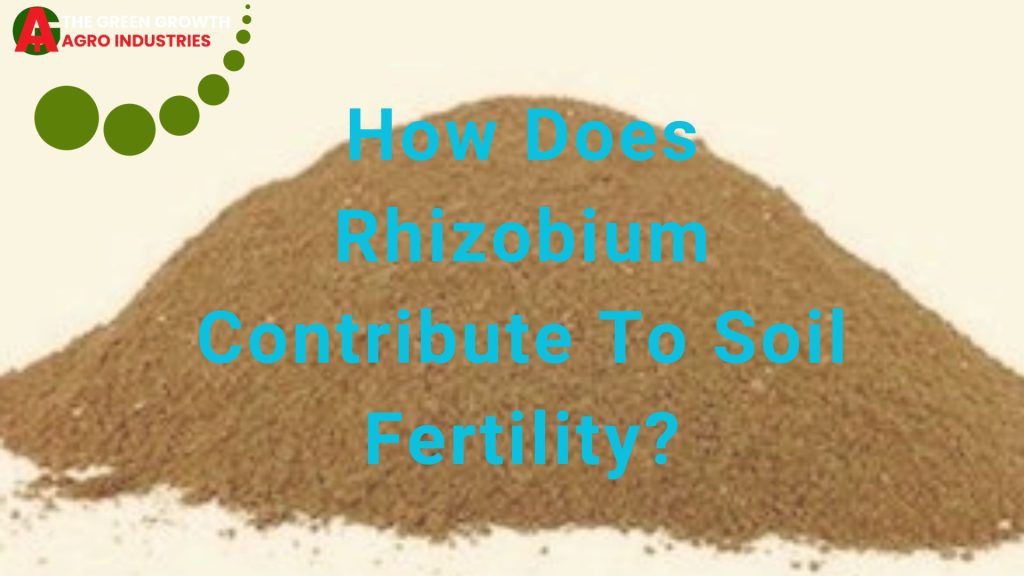Blog
How Does Rhizobium Contribute To Soil Fertility?
How Does Rhizobium Contribute To Soil Fertility?
Rhizobium, a special group of nitrogen-fixing bacteria, plays a vital role in boosting soil fertility through its partnership with leguminous plants. Even now, if you do not know how does rhizobium contribute to soil fertility then stay with this blog page and know in detail. This cooperative relationship can be broken down into several key contributions:
-
Nitrogen Fixation:
Rhizobium bacteria make their home in the root nodules of leguminous plants. Their extraordinary ability lies in transforming atmospheric nitrogen (N2) into ammonia (NH3), a nitrogen form readily accessible to plants. This remarkable process, also known as nitrogen fixation, boosts the nitrogen content in the soil, a critical factor for plant growth. Thanks to their partnership with Rhizobium, leguminous plants enjoy a direct and plentiful source of nitrogen, promoting healthy growth and enriching soil fertility.
-
Healthier Plants:
The presence of rhizobium in legume root nodules helps shield plants from nitrogen deficiency, which can hamper growth and crop yields. Healthy leguminous plants contribute to soil fertility by enriching the soil with essential nutrients when they drop leaves, stems, and roots. This organic matter improves soil structure and nutrient content, enhancing its overall quality.
-
Reduced Need for Artificial Fertilizers:
Rhizobium’s talent for fixing nitrogen reduces the necessity for synthetic nitrogen fertilizers in farming. This not only saves farmers money but also reduces the environmental impact of synthetic fertiliser manufacture and application, such as water pollution and greenhouse gas emissions.
-
Carbon Storage:
Rhizobium-supported plants absorb more carbon dioxide (CO2) from the atmosphere during photosynthesis. They put this carbon to good use, crafting organic compounds, and a portion of these find their way into the soil as organic matter. Hence, this organic matter promotes soil fertility, and water retention, and reduces soil erosion.
-
Encouraging Biodiversity:
Rhizobium’s presence in legume nodules promotes biodiversity in the soil. A diverse microbial community in the soil is vital for nutrient cycling and overall soil health. Rhizobium contributes to this diversity by creating conditions favourable for other beneficial microorganisms to thrive.
-
Crop Rotation and Soil Restoration:
Legumes can be incorporated into crop rotation systems, offering a break from non-leguminous crops. Hence, this diversifies agricultural production and allows for soil rejuvenation. The organic matter and nitrogen-rich leftovers from legumes, combined with the nitrogen fixed by rhizobium, enhance soil structure and nutrient balance, preparing it for subsequent non-legume crops.
In conclusion, Rhizobium bacteria make a significant contribution to soil fertility by assisting leguminous plants in fixing atmospheric nitrogen, promoting plant growth, reducing the reliance on synthetic fertilizers, boosting carbon storage, increasing soil biodiversity, and improving soil structure. Their mutual cooperation with leguminous plants has wide-ranging benefits for sustainable farming and environmental preservation, ensuring fertile and productive soils for generations to come.

